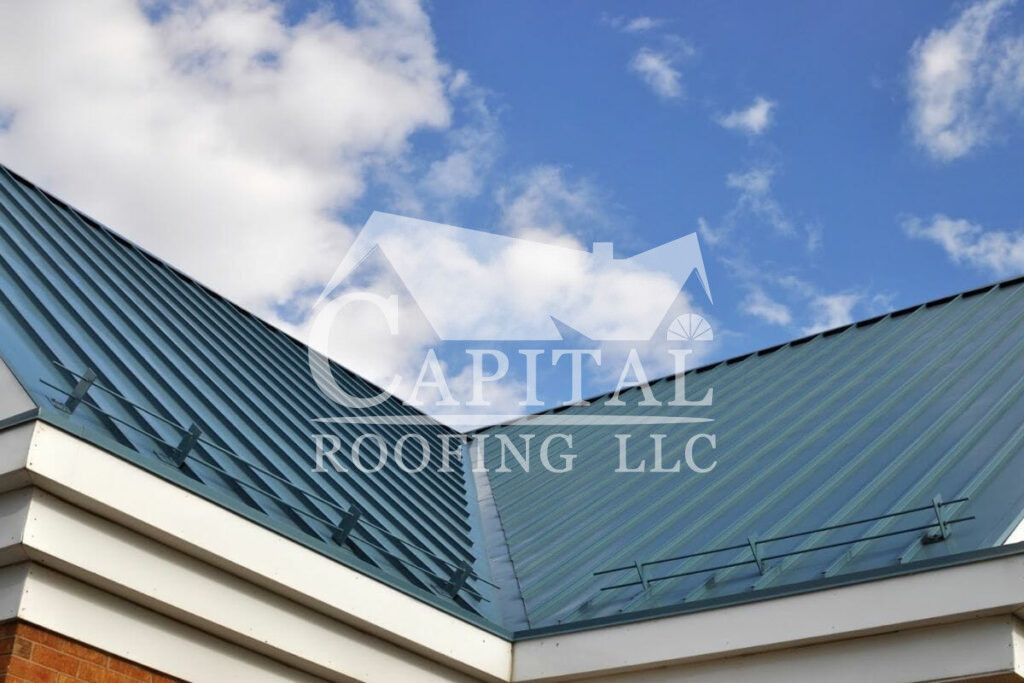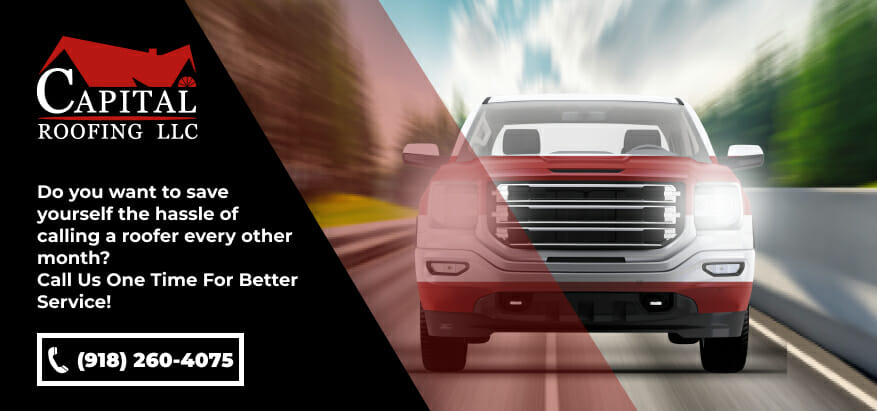In the world of roofing, there’s a section on the roof called the roof valley. It’s an unassuming junction where two slopes meet, shaping the path that rainwater will take off the roof. Among the contenders for this pivotal role, metal roof valleys stand as the most durable. In this blog, we’ll unveil the secrets of metal roof valleys, and explain what they are and how they can benefit your home. At the end, we will also talk about some of the alternatives you can use for the valley.
What Is A Metal Roof Valley?
A valley is a critical architectural feature in roofing that refers to the V-shaped intersection on a roof. It is typically formed when two sloping roof planes come together, creating a valley-like channel along the junction.
When we describe a metal roof valley, we’re describing a roof valley that utilizes metal flashing. Though flashing doesn’t have to be made of metal, it’s a good option to efficiently channel rainwater and melted snow away from the roof to prevent leaks and water damage.
Types Of Metal Roof Valleys
There are mainly two different types of roof valleys: open and closed valleys. Though you might get an idea of how they differ based on their names, there are still some things that you should know, so let’s dive in.
– Open Valleys:
Imagine open valleys as the more visible, straightforward approach. In an open valley design, the roofing materials on both sides of the valley do not cross over the valley. Instead, there’s a gap or channel left between them, exposing the metal valley flashing beneath. Open valleys require precise installation to ensure they look clean and function effectively.
– Closed Roof Valleys
Closed valleys, on the other hand, take a more concealed approach. In this design, the roofing material on one side of the valley overlaps the other side, completely covering the metal roof valley flashing underneath. Therefore, the roofing material you choose will cover the valley flashing, ensuring a clean appearance. This is just the opposite of an open valley, where the metal is exposed.
Benefits Of Using Metal Roof Valley Flashing
Metal is a hit when it comes to home exteriors. Be it roofing or siding, metal has immense popularity. The same is the case when we talk about roof valleys and valley flashing. Here are some benefits.
1. Durability:
Metal roof valleys are built to be tough and resilient. They can handle hail without denting, stand strong against fierce winds, and even last under intense UV rays.
2. Great At Water Diversion:
Metal roof valleys efficiently channel rainwater and snowmelt away from the roof’s surface, reducing the risk of leaks and water damage. They help maintain the integrity of your roofing system and protect the interior of your home.
3. Low Maintenance:
Metal roof valleys are generally low-maintenance. While they may require occasional inspections and a fresh coat of protective sealant to prevent corrosion, these tasks require minimal effort.

Materials Used To Create Metal Roof Valley Flashing
Let’s take a closer look at the types of metal that can be used for metal roof valley flashing. The same types of metals that are used for the siding or roof of your home are the same ones that are used to flash roof valleys, too.
Here are the most common ones:
– Aluminum:
If you’re after a lightweight yet sturdy option, aluminum flashing is your best option. It won’t weigh your roof down, and it’s impressively resistant to rust, which makes it ideal for areas with high humidity, coastal locations, or anywhere prone to salty air. Plus, its ease of installation can save you on labor costs.
– Steel:
When it comes to sheer strength, steel is the leader. It can handle heavy snow loads and the occasional acorn or branch falling from that tall oak tree. However, the issue lies in the fact that steel can rust if it’s not coated or painted properly. So, it’s a good idea to invest in a protective coating to keep it looking good and performing well.
– Copper:
Now, if you’re all about a timeless, classic look, copper will be your go-to choice. This metal ages beautifully, and will add tremendous value to your roof. It’s also naturally resistant to corrosion, which means you won’t need to worry about it rusting. Copper falls on the more expensive side of all these options, so ensure your budget is large enough if you want to use copper to flash your metal roof valley.
– Lead:
Now, for those who want a classic yet durable option, consider lead. Though many view it as a dangerous material, lead has been used in roofing for centuries, has a proven track record, and is now only utilized for flashing purposes. It’s highly malleable, allowing for intricate detailing in your roof valleys. While it’s a bit on the heavier side, lead is exceptionally durable and resistant to corrosion.
What Roofing Material Is Compatible With Metal Roof Valley Flashing?
As we have seen, metal is the greatest material to flash the valley of your roof. Metal roof valleys offer many benefits, and they’re compatible with different types of roofing material as well. Let’s check out the roofing materials that can be used with metal flashing.
1. Asphalt Shingles
Asphalt roofing shingles are commonly used due to their affordability and ease of installation. They can effectively divert water away from the roof and provide decent protection against leaks.
2. Wood Shakes & Shingles
Wood shakes or shingles are often used for their natural and rustic aesthetic appeal. They can be installed in an open or closed valley configuration.
3. Slate Roofs
Slate is a premium roofing material known for its elegance and longevity. It can be installed in an open or closed valley configuration to provide a durable and attractive solution. But slate is quite expensive.
Capital Roofing: Your Residential Roofing Experts
Whether you want to know more about metal roof valleys or need help with a different roofing project, look no further than the team at Capital Roofing. We offer the best repair and roof replacement services in Claremore. Contact us today at (918) 260-4075, and find out how we can help you!

